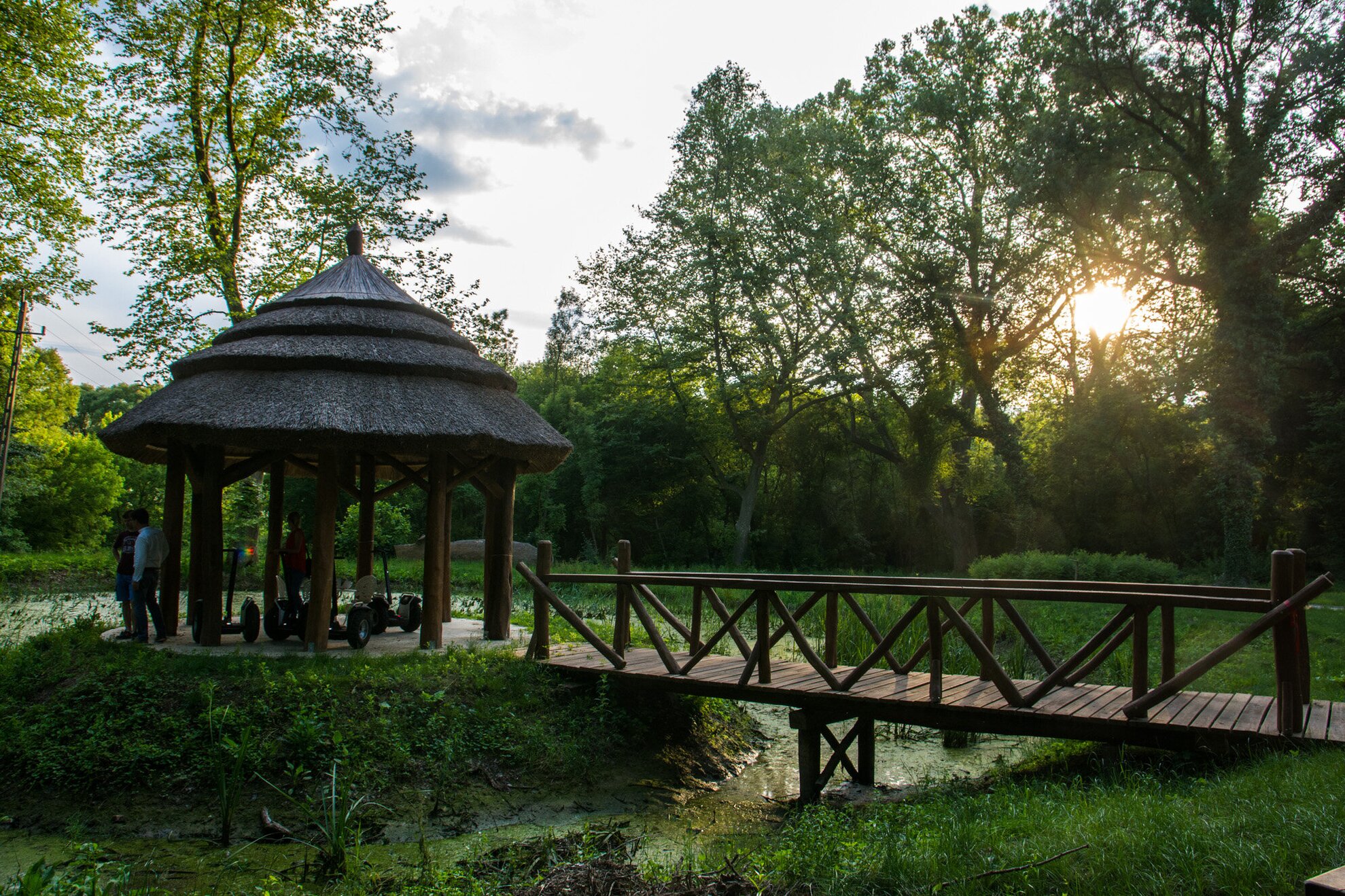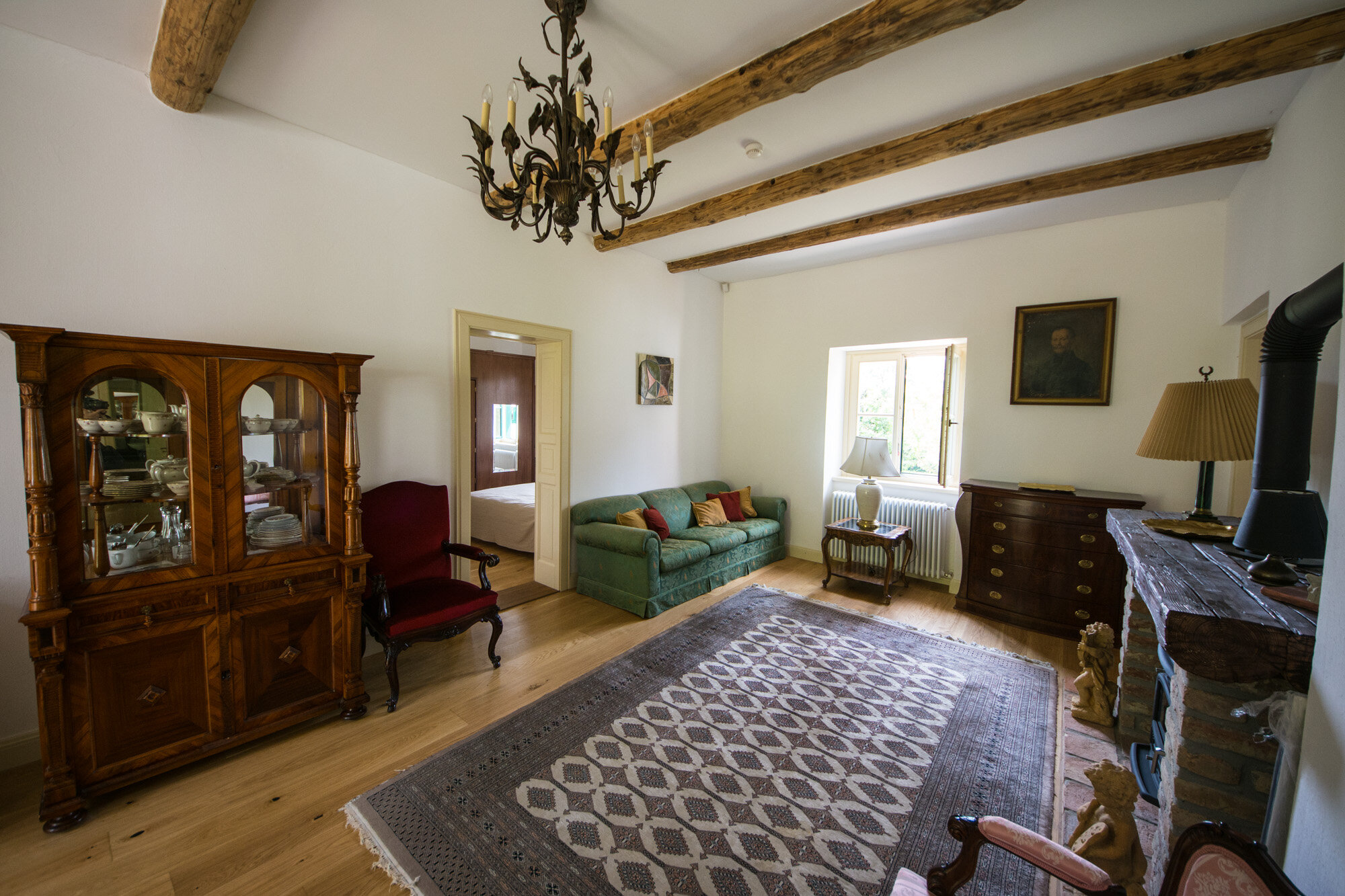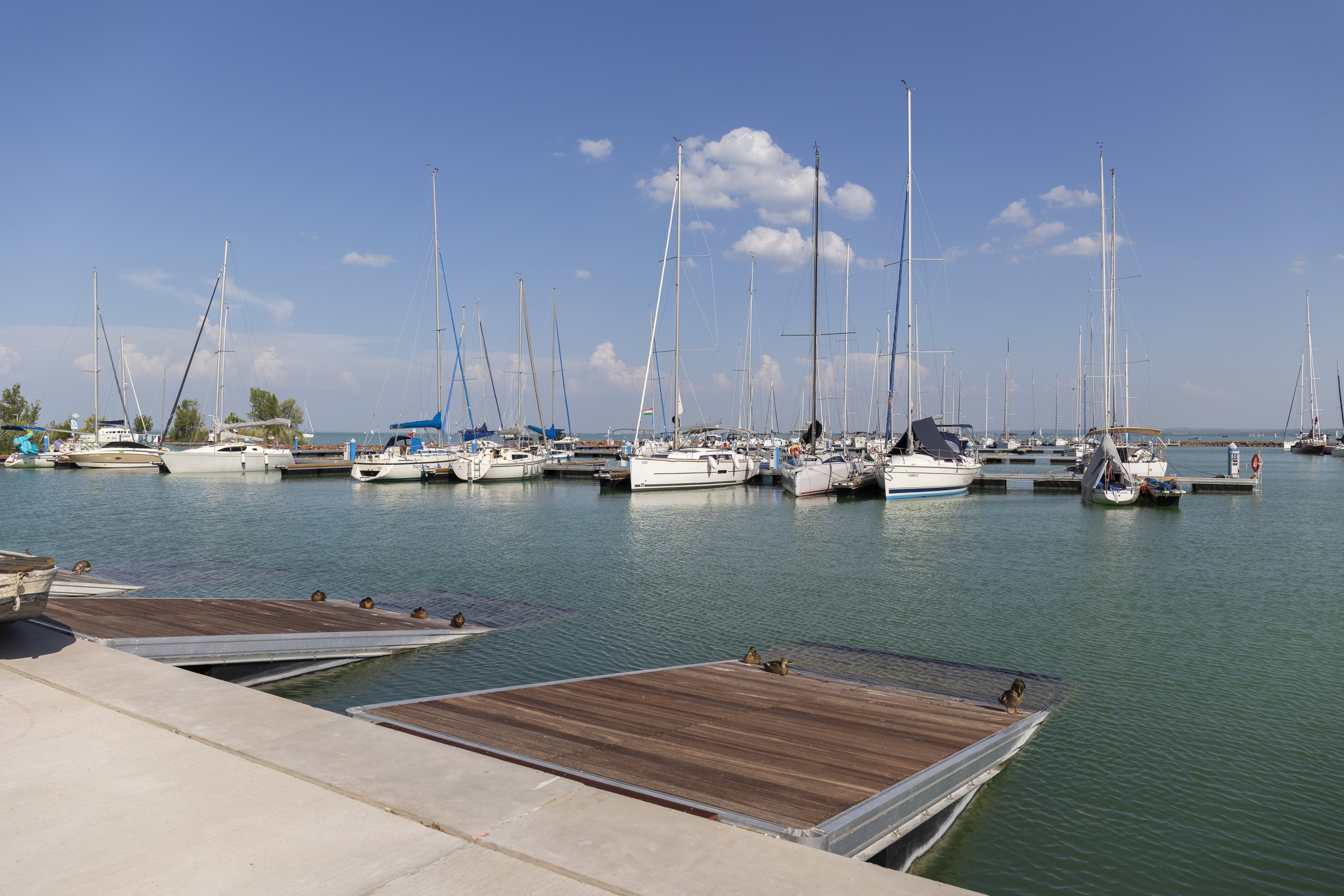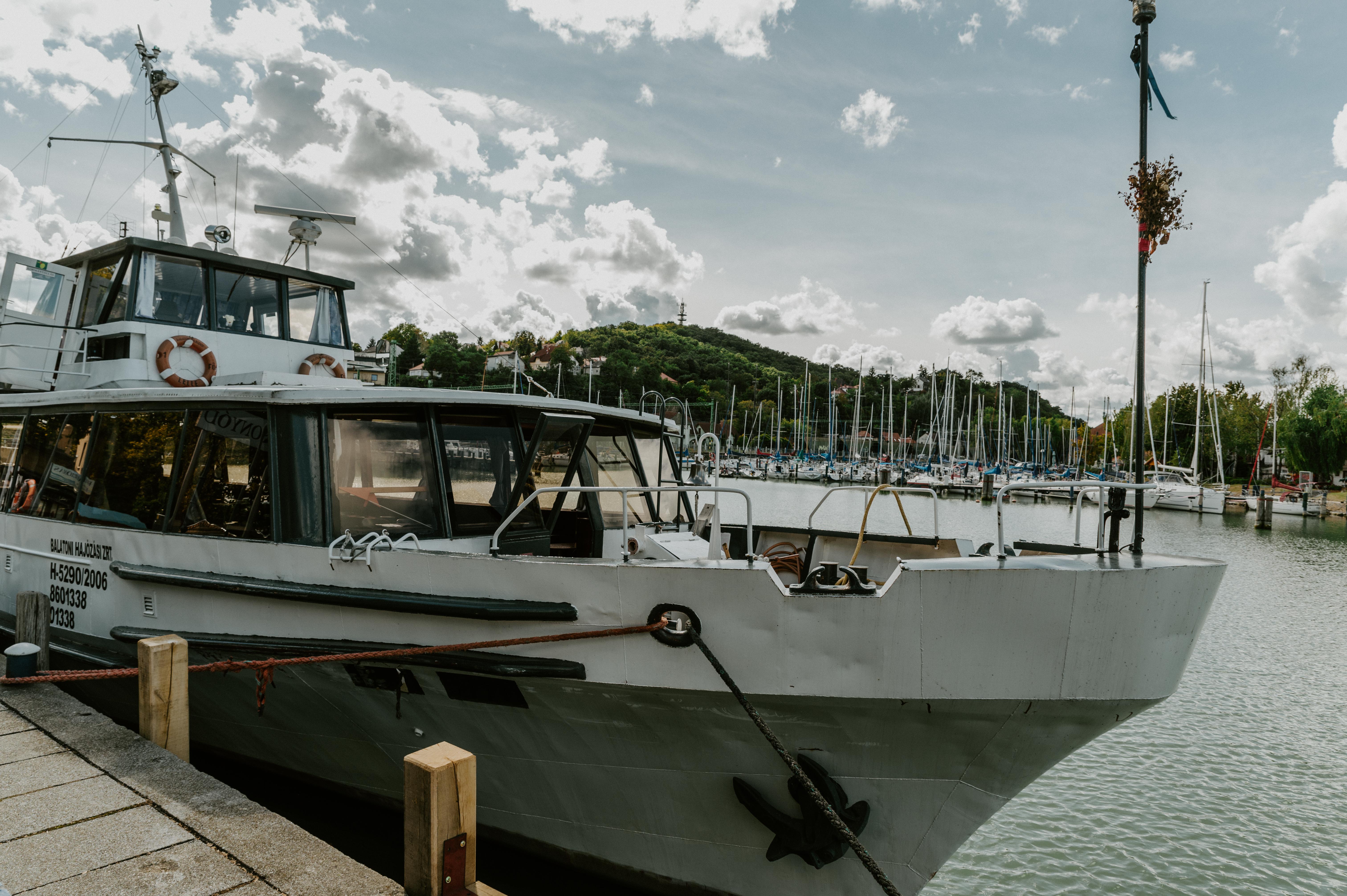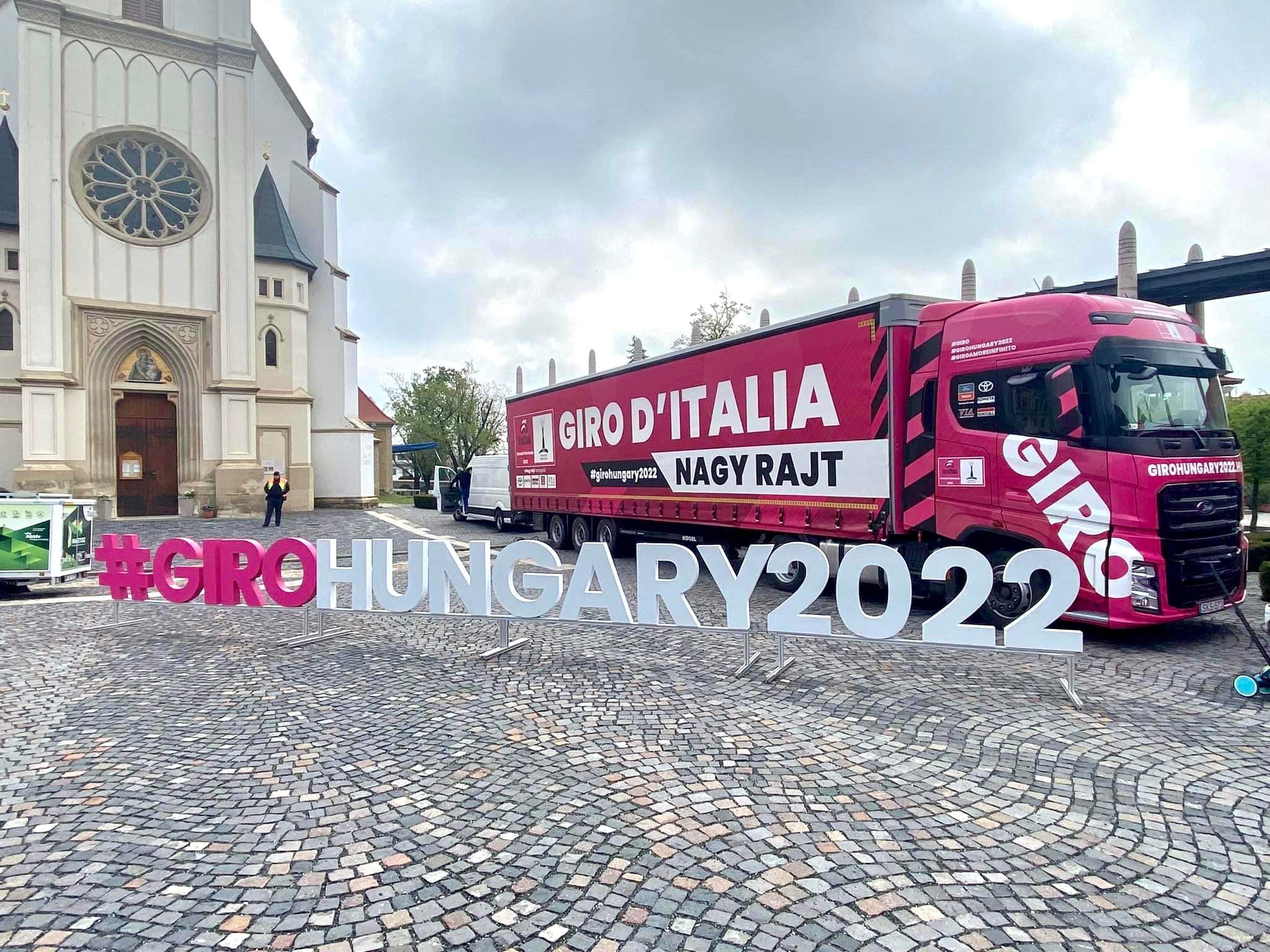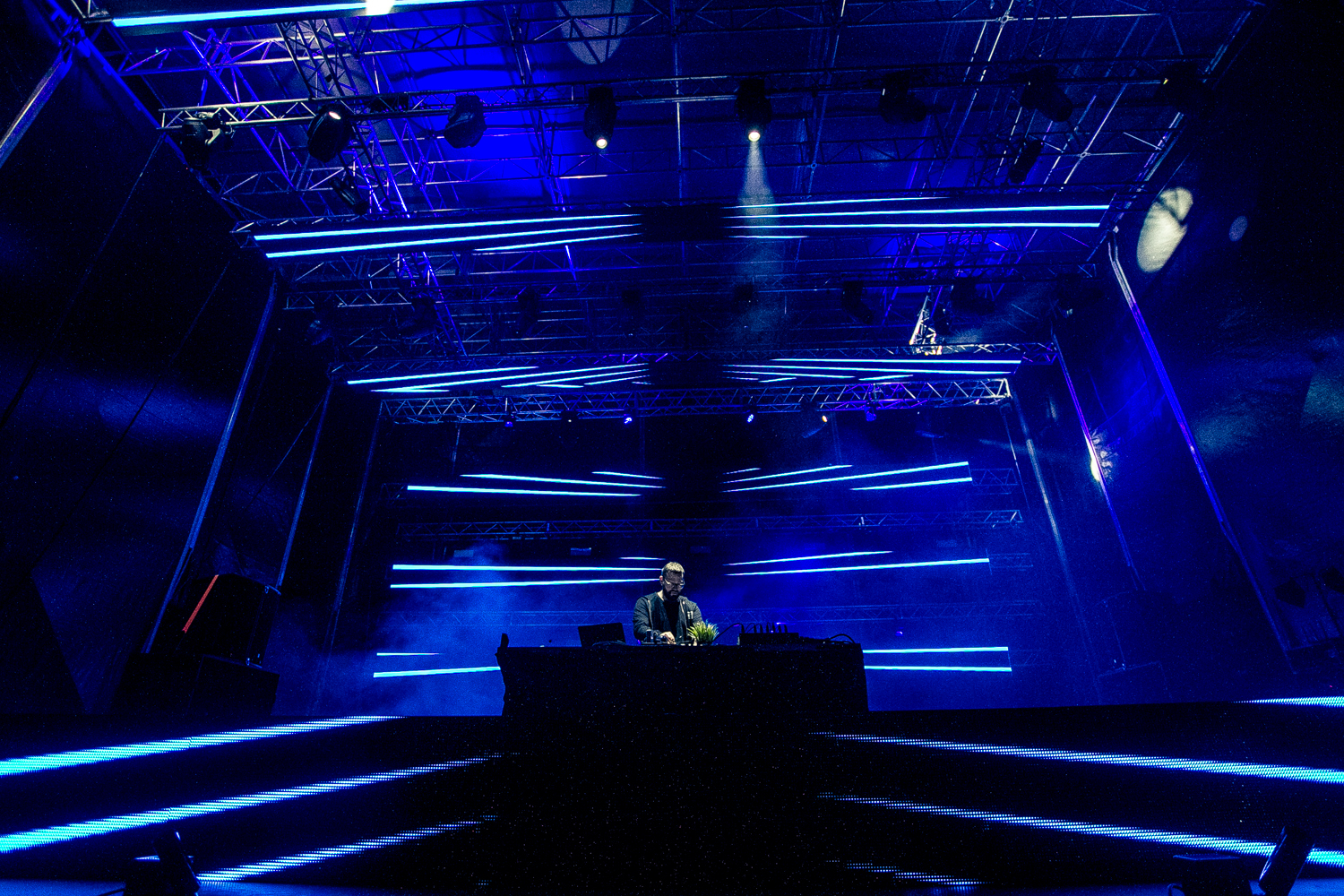The road leading to the tiny village of Alsóbogát meanders through the South Balaton countryside, and when you think your destination is just around the bend, there’s always a new village, a sloping hill, or a sharp right or left turn to take. When you finally arrive at VillaBogart, however, we can promise you you’ll feel like the scenic journey was all worth it. Don’t let the name fool you; you may think it's an acronym of the following words, but you'd be wrong :
Bucolic,
organic,
gastro,
amazing,
rustic,
tranquil.
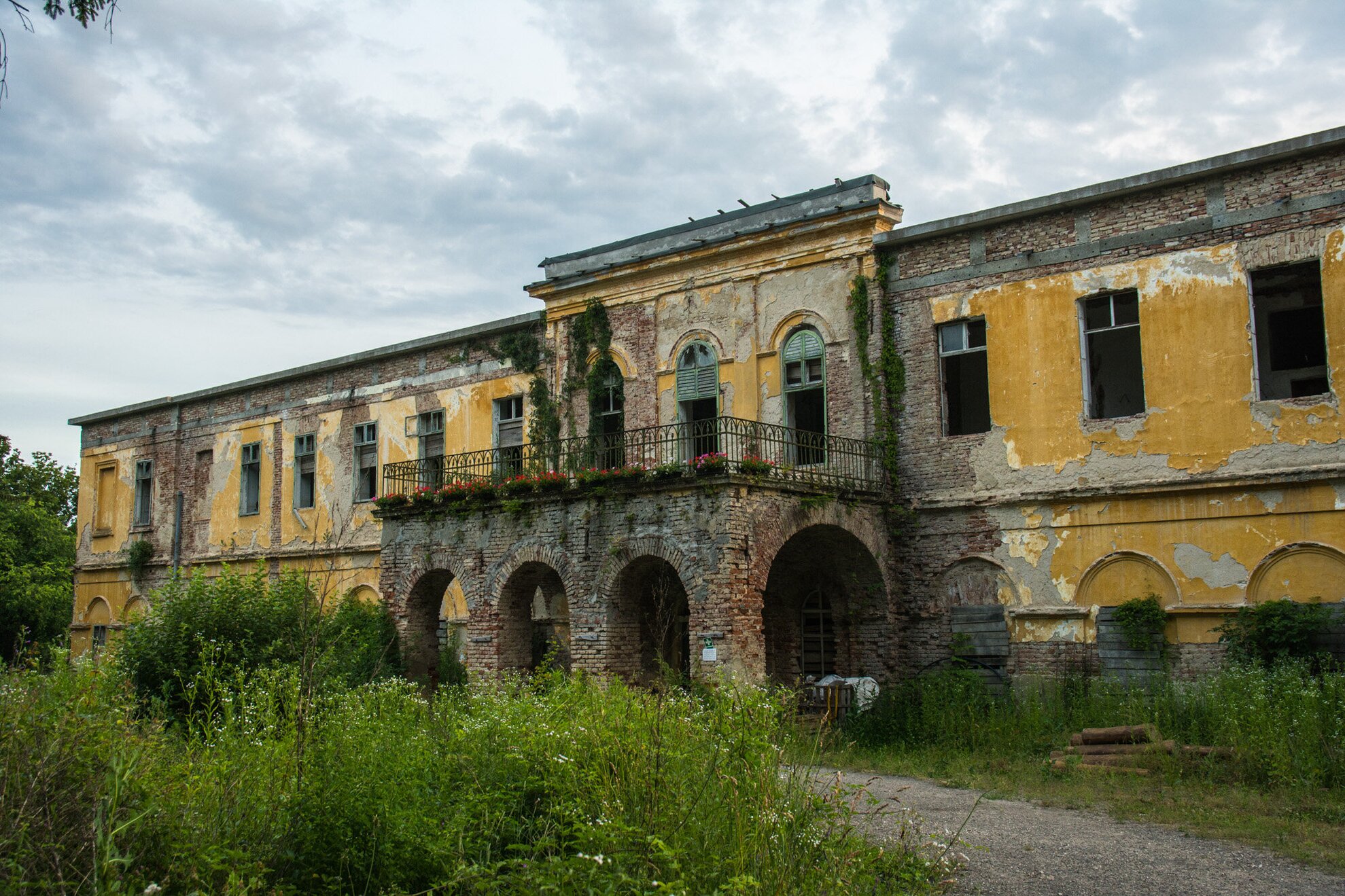
The charming villa, whose moniker actually comes from the name of the village, offers something completely different from other countryside guesthouses found further away from the lakeshore (including the recently featured Páskom Cottage). The bucolic idyll, the birdsong, and the relative silence are part of the package like at most solitary locations, but the rustic vibes are exceptionally dominant here.
The village not only has a population of 287, but also two country houses, one from the 18th and another from the 19th century (Vrancsics and Festetics-Inkey). The first one was nicely refurbished by the state, but the second had quite a turbulent history, and when it was finally purchased by its previous, German owner, it became even more derelict with disuse over the following two decades. After being neglected for so long, the building finally came into the possession of Tamás Blaskovich and Orsolya Szelényi, who had fallen in love with countryside palaces and mansions during their time spent in Tolna County, so they decided to revamp the abandoned, ruinous edifice.
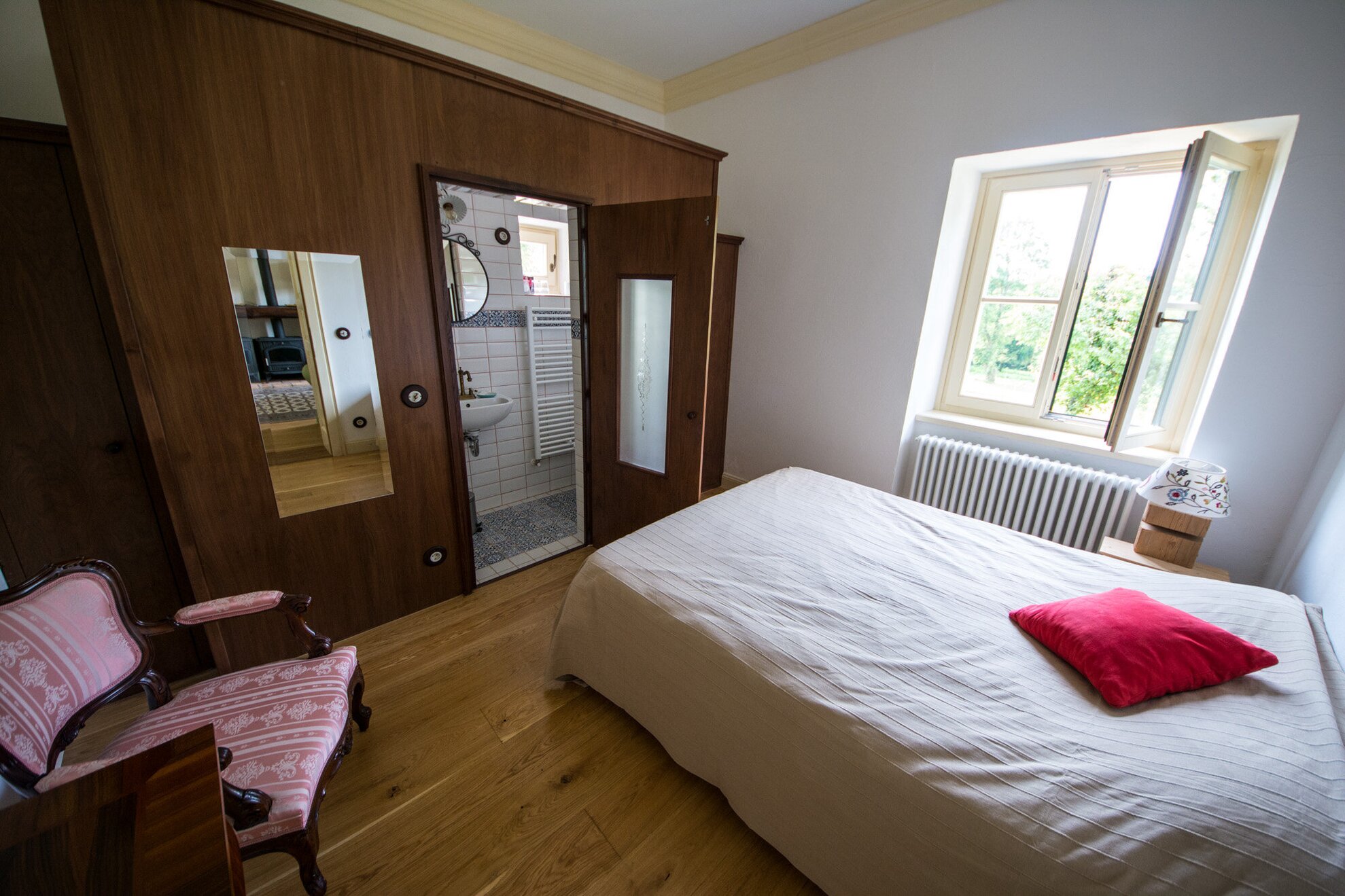
It took them quite a while to find the country house and the adjacent building complex in Alsóbogát, but they were immediately inspired, even despite the sorry state the property was in. After a year of bargaining, they bought it, entered a bunch of EU tenders, and began renovating the seven buildings, one after the other.
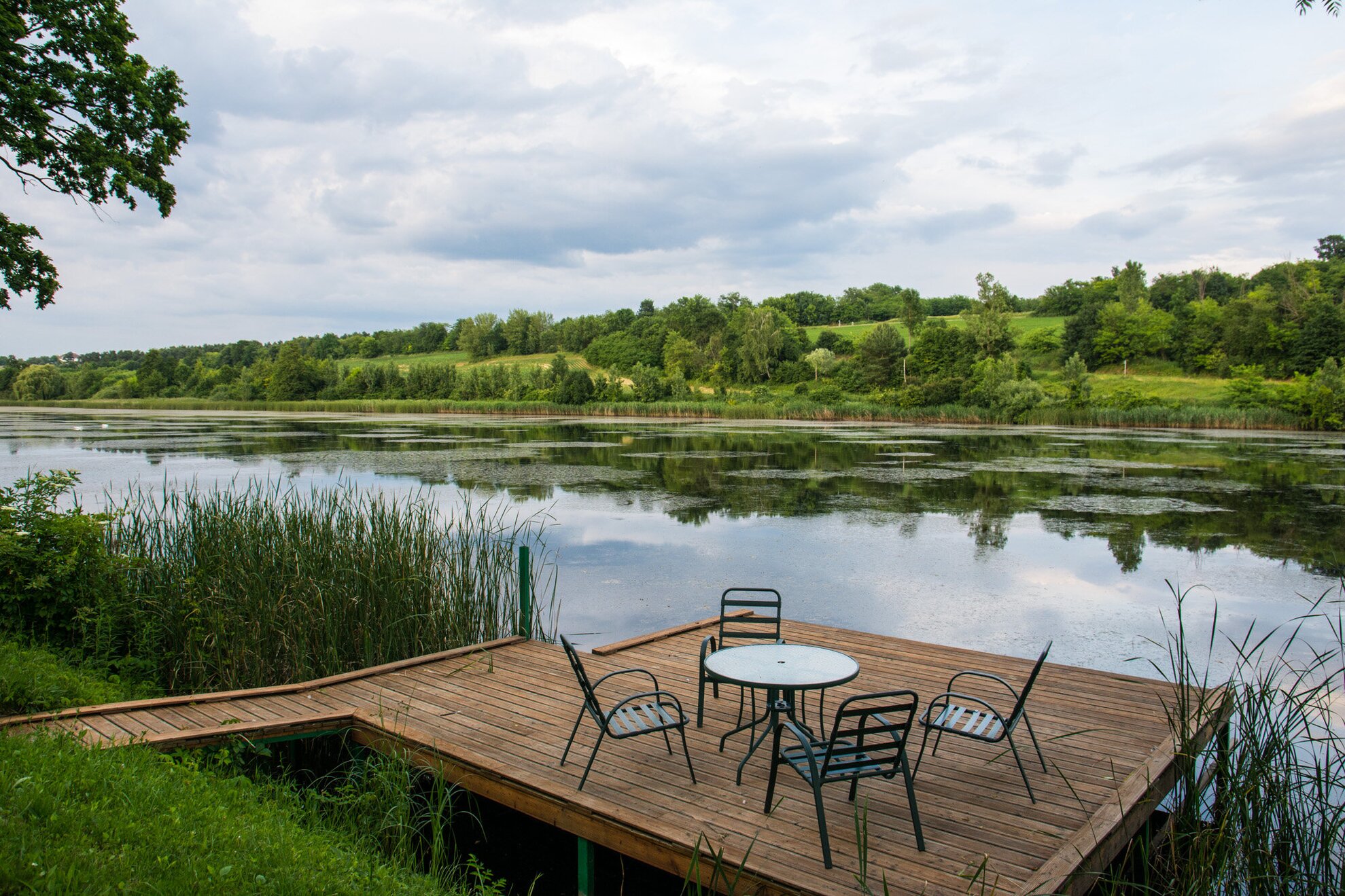
Let us sum up with the following list where things stand right now:
1. The house is in really bad shape. To prevent it from falling apart, the owners had reinforced concrete floors installed in 2011, so the structure is now statically sound, and is not in danger of collapsing. It’s a difficult equation: the owners are trying to create a hotel from funds awarded in the tenders, and they also want to modernize it by converting the loft area (the building would thus have four stories if you count the basement as well).
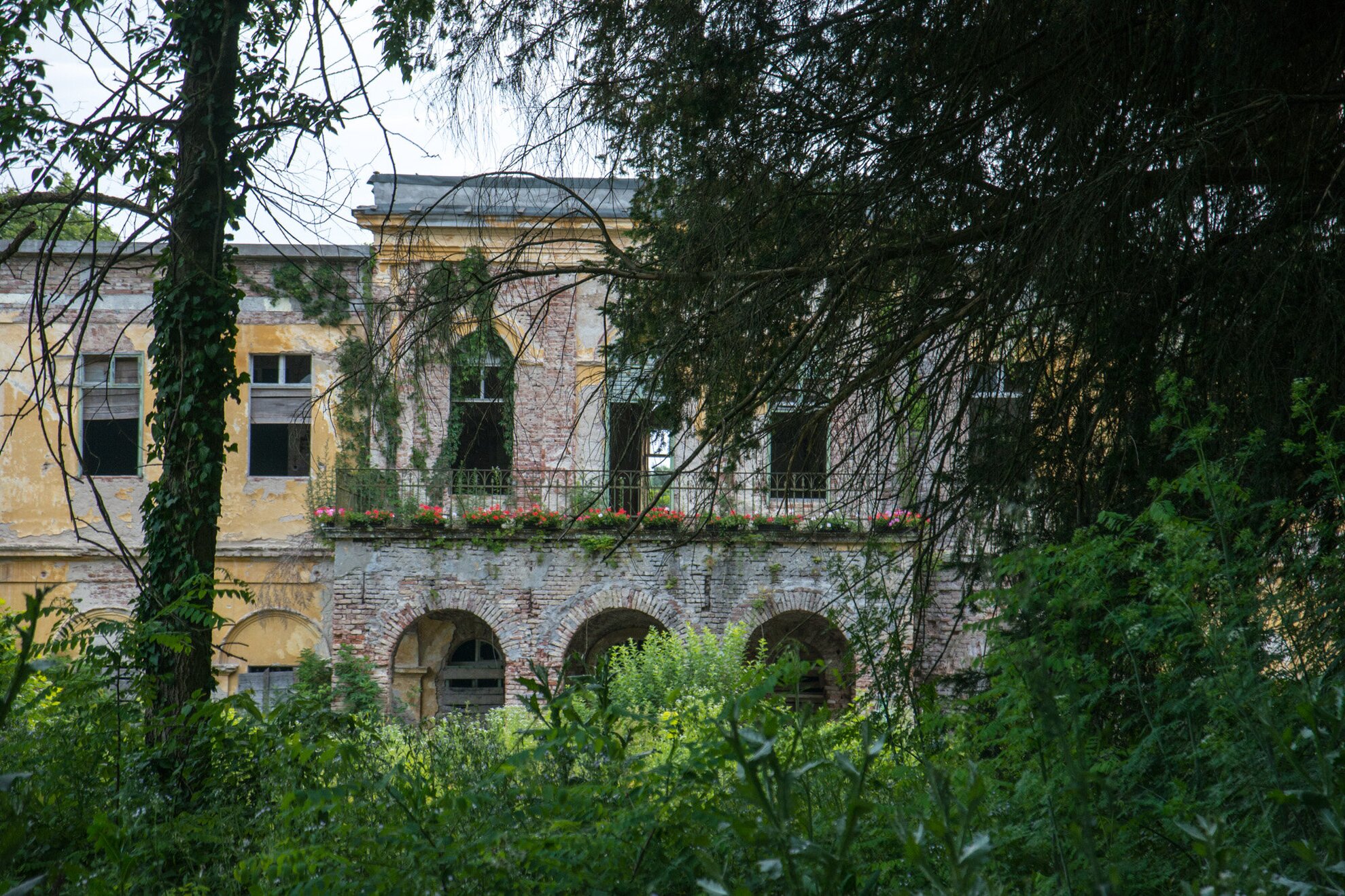
2. The steward’s house is probably the second most important building, and it was renovated at the very beginning. In addition to the community spaces, the house also has seven bedrooms. The rustic design of the interior was restored beautifully, with attention to such tiny, clever details as the light switches and the wooden planks on the floor. A night in a double room costs 28,000 forints.
3. The house of the gardener is only a shell at present, but the renovation is already underway. Situated between the two previously mentioned buildings, it’ll house several additional guest rooms.
4. As you head up along the asphalt-paved road, the chapel is the next building you come up to. It was refurbished and consecrated by the local branch of the Church, which is also responsible for the maintenance of both the chapel and the surrounding little park.
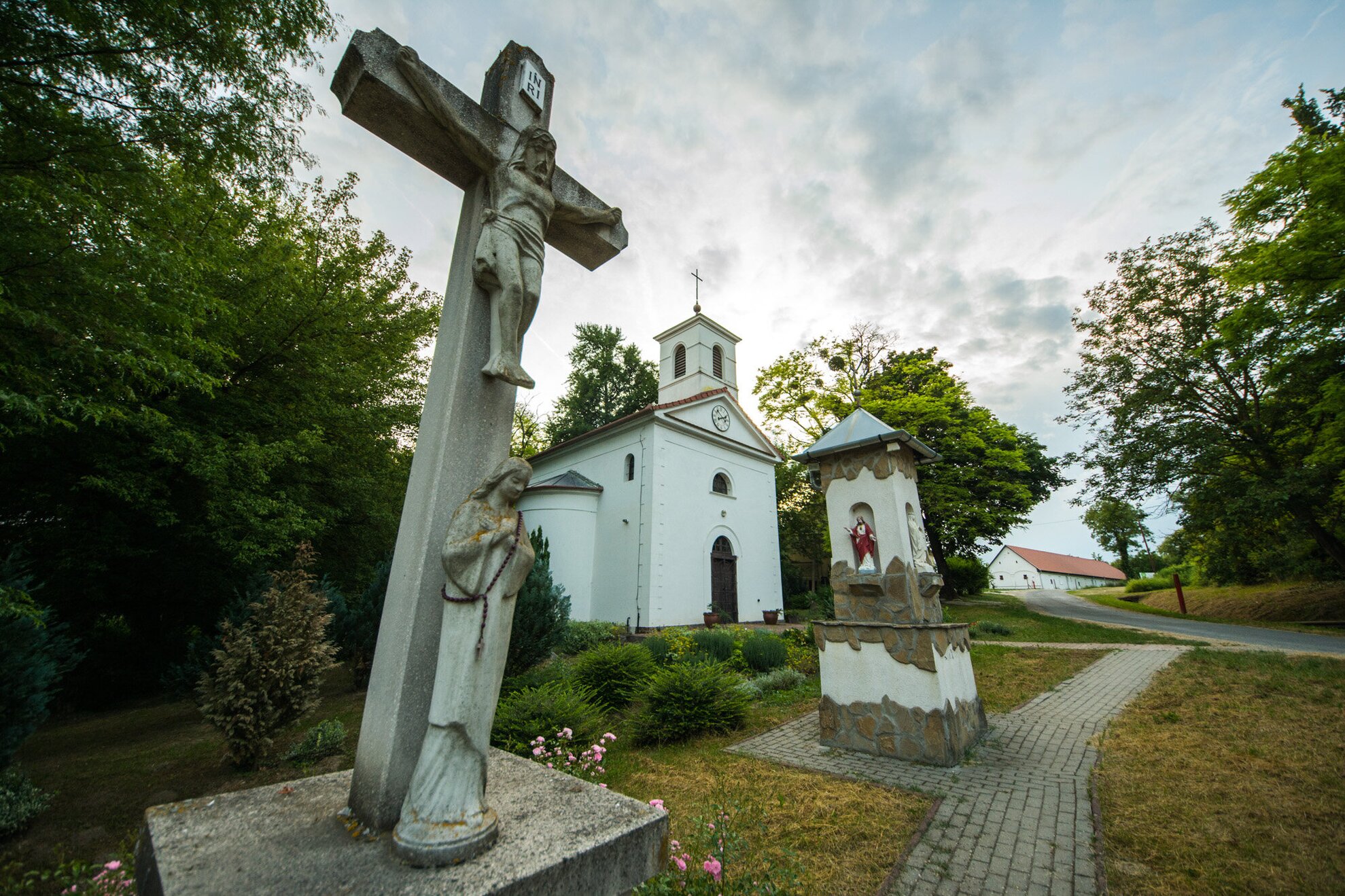
5. The house of the owners – a yellow house – is a simple, long building.
6. The granary next door is one of the most wonderfully revamped buildings; the owners are convinced that the renovation is worthy of a design award. The walls have been left bare, while the interior is a tasteful mix of glass and wood. The freshly cut planks and the ancient oak beams emanate a constantly detectable, pleasant wood smell inside the hall, which is often rented out for events.
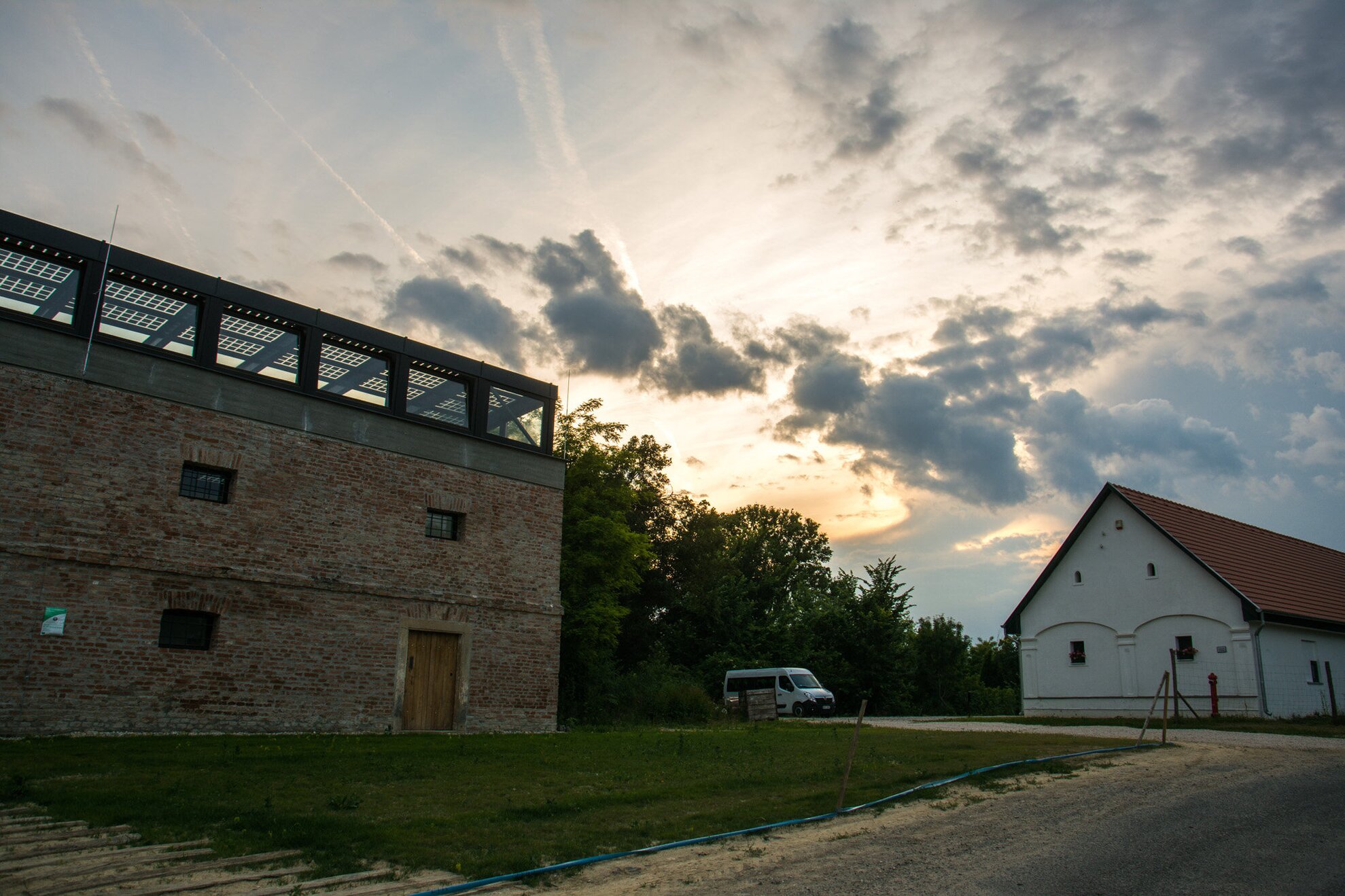
There’s also an upstairs gallery, a bar, and an open fireplace. Resting on a concrete structure, the ceiling is built from a combination of metal and a special glass, which can support the weight of a person and has built-in solar collectors (which produce 20 kW).
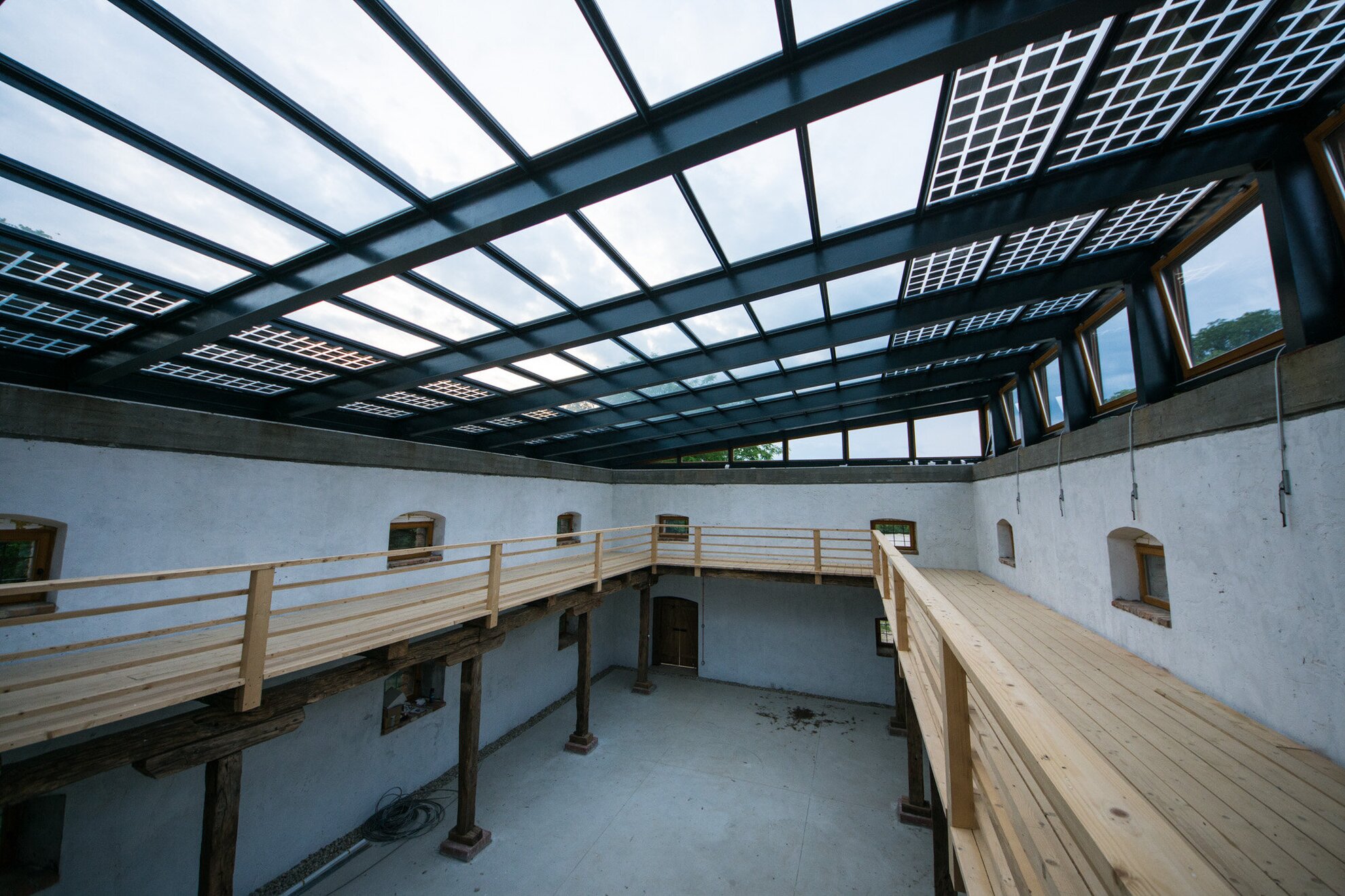
7. Another long building has been refurbished to serves as a garage for classic cars as well as a venue for various events. The owners and their friends have a couple of cool-looking oldtimers, which are parked here, but the entire building can be rented if that’s what the client requires. This is where all the Segways are found as well, and also where the organized tours leave from. There’s underfloor heating, just like in all the other buildings.
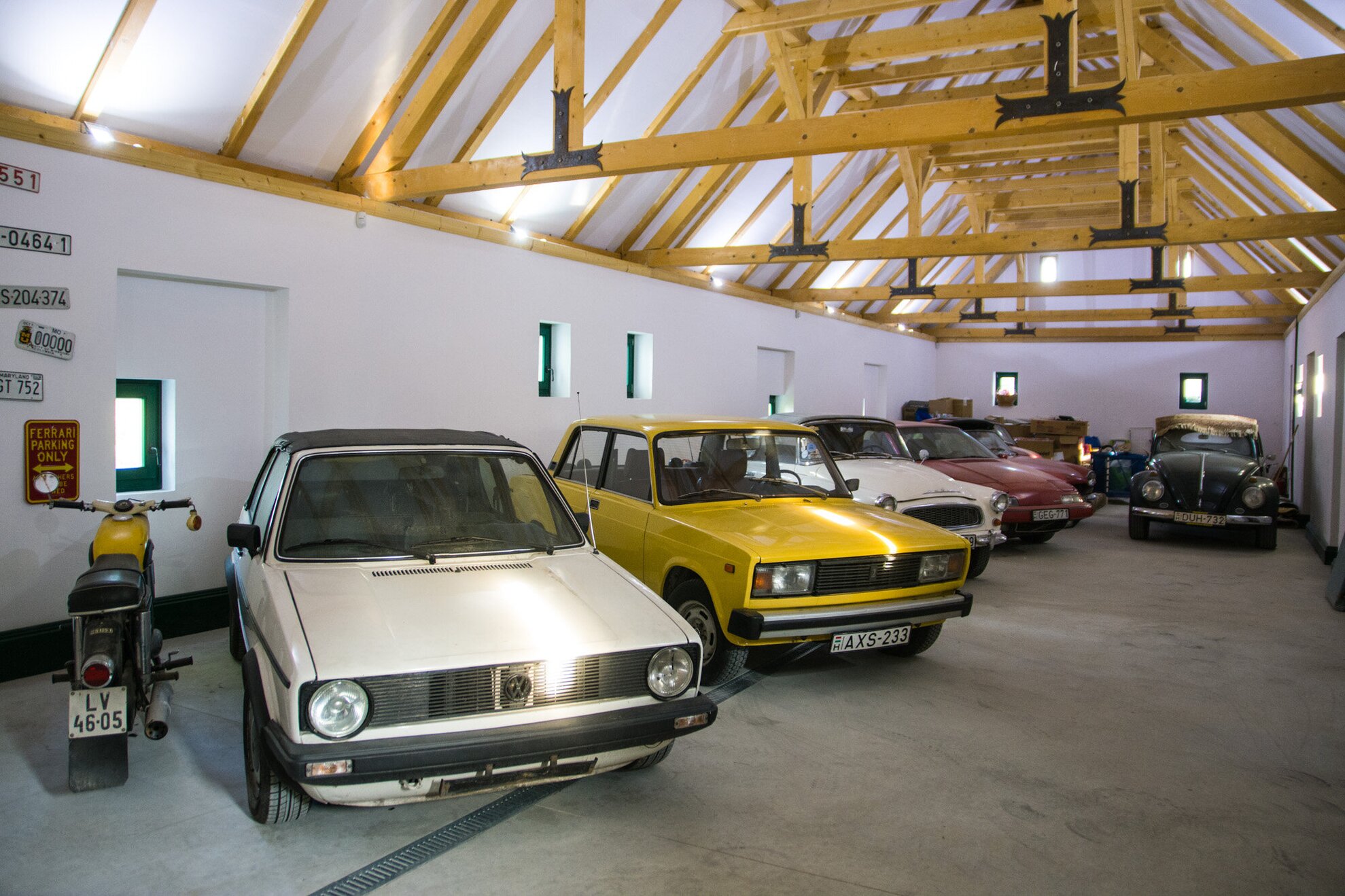
In addition to the renovations, the owners have also cleared 13 hectares of the 17-hectare parkland, which now features 4,500 trees, pebbly paths covering a total of 3 kilometers, three springs, a brook, and a lake that’s suitable for swimming and boating.
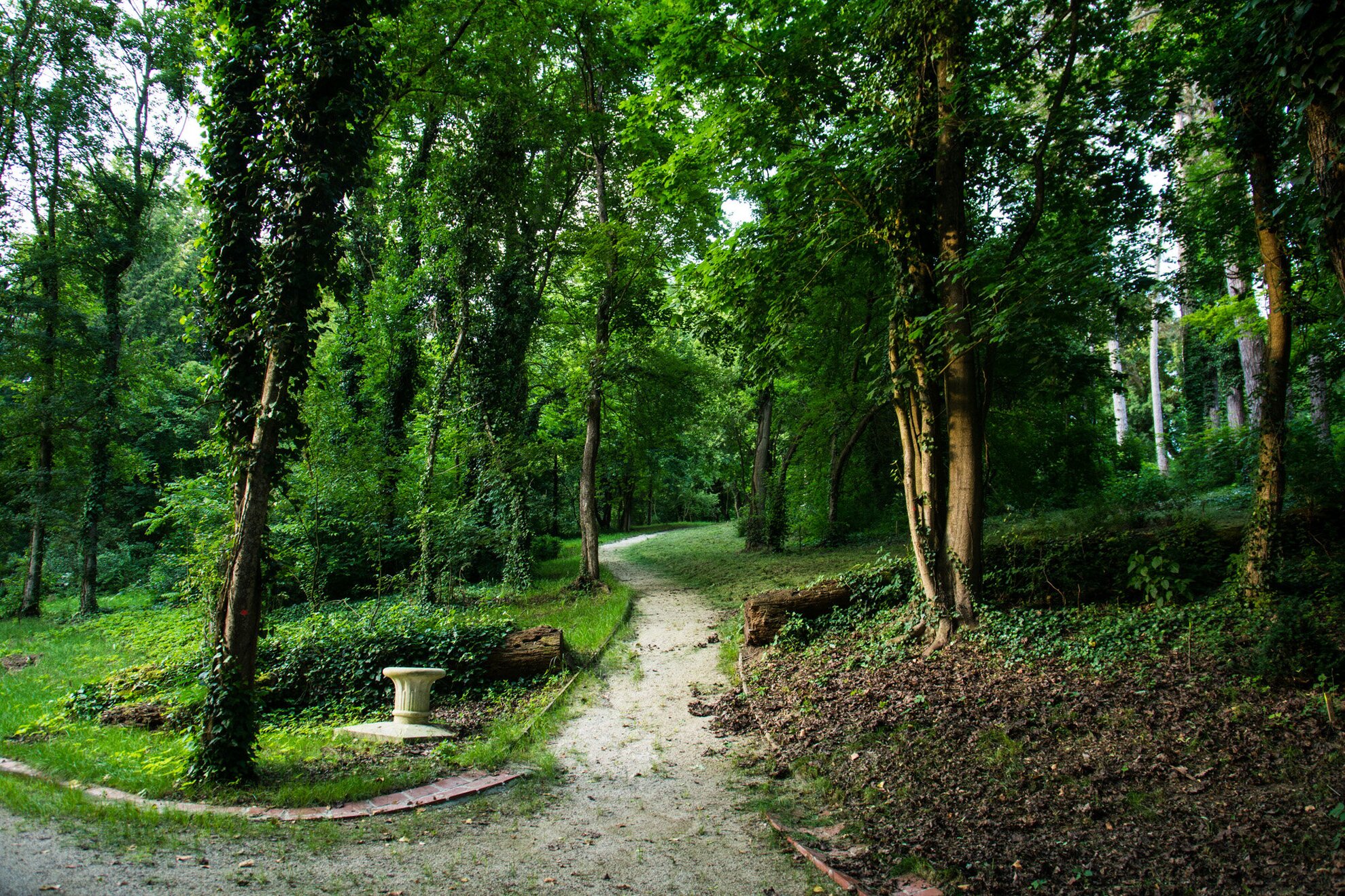
The biggest attraction of Bogart is the fleet of Segways. A 60-minute tour on these two-wheelers costs 7,000 forints.
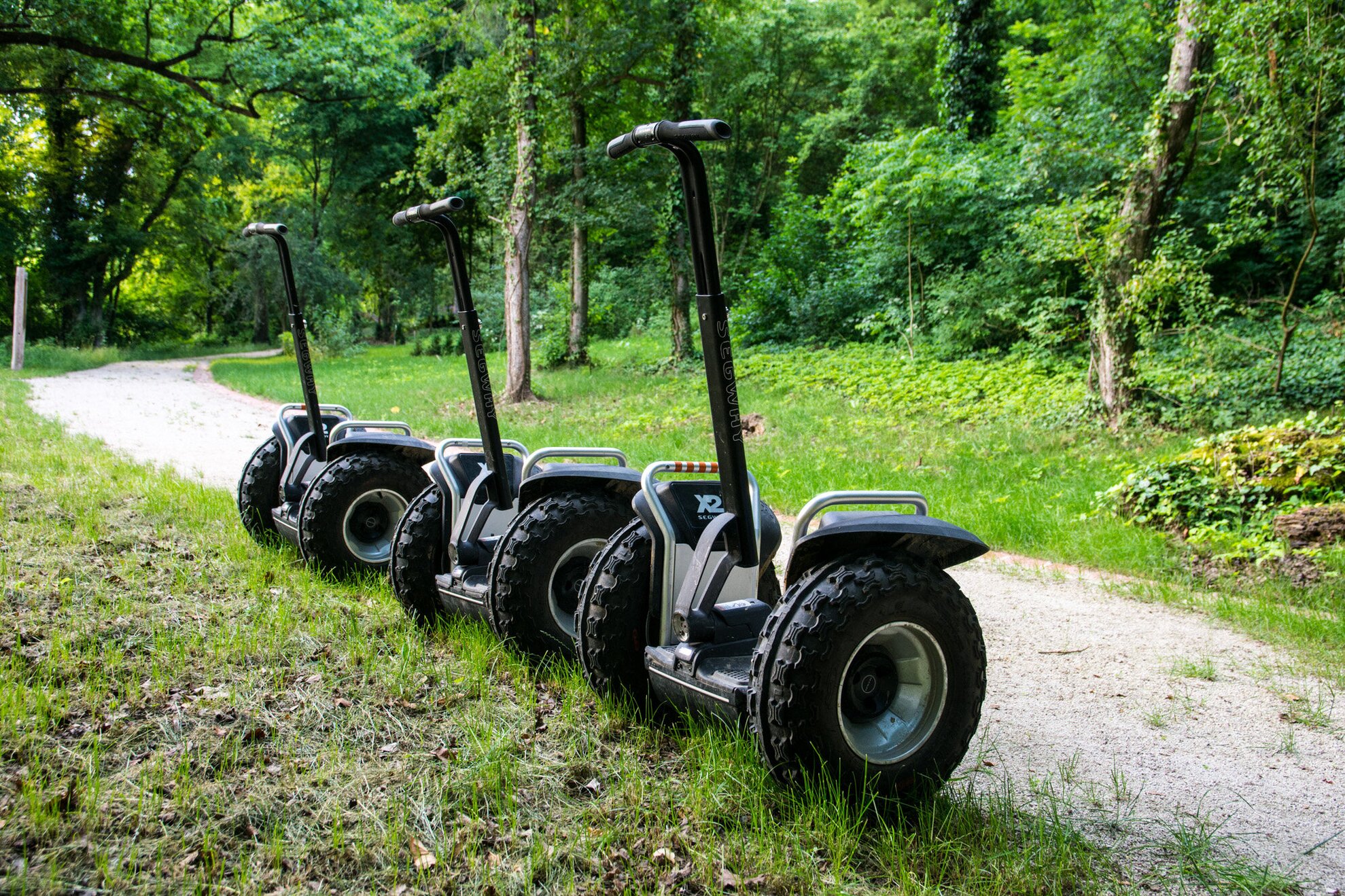
There are cross-country tours for groups, which take you to truly remote parts of the countryside where it’s impossible to spot so much as a game path. The estate has several Kneipp-spots nearby; walking on them barefoot is supposed to be good for your feet and body.
